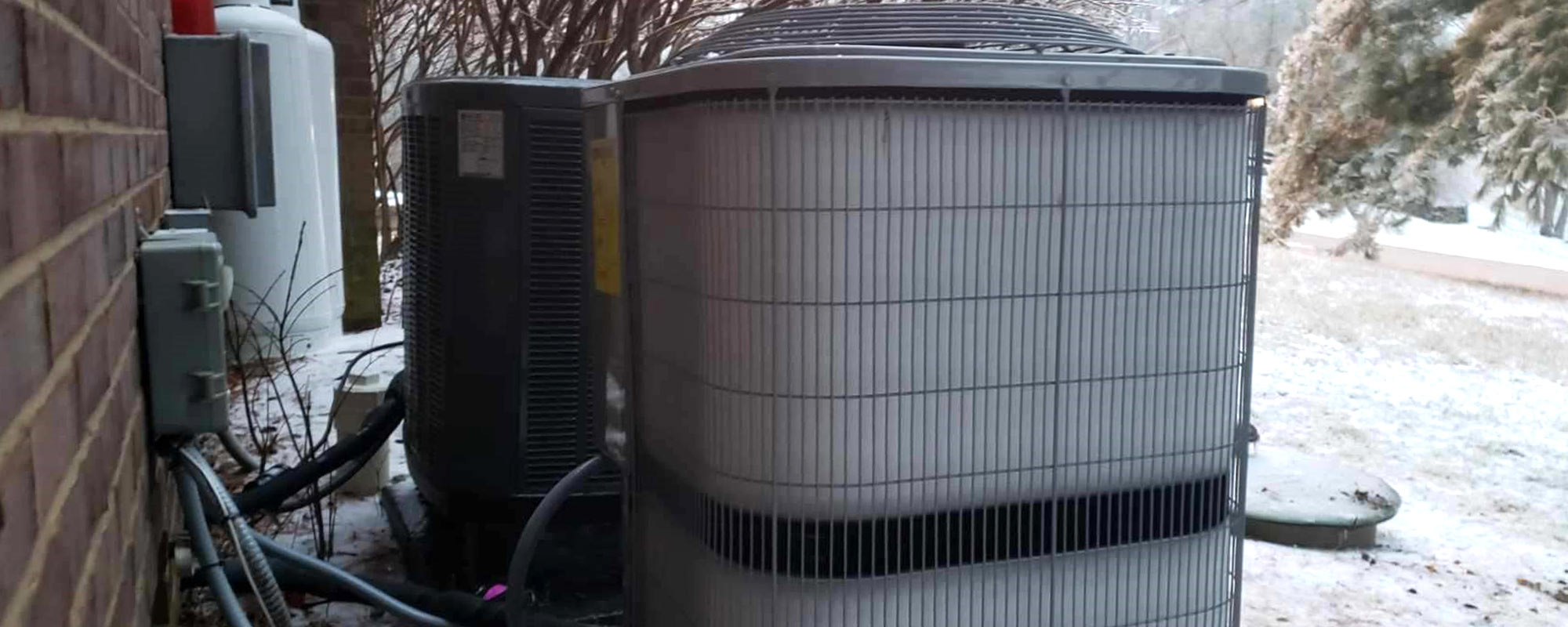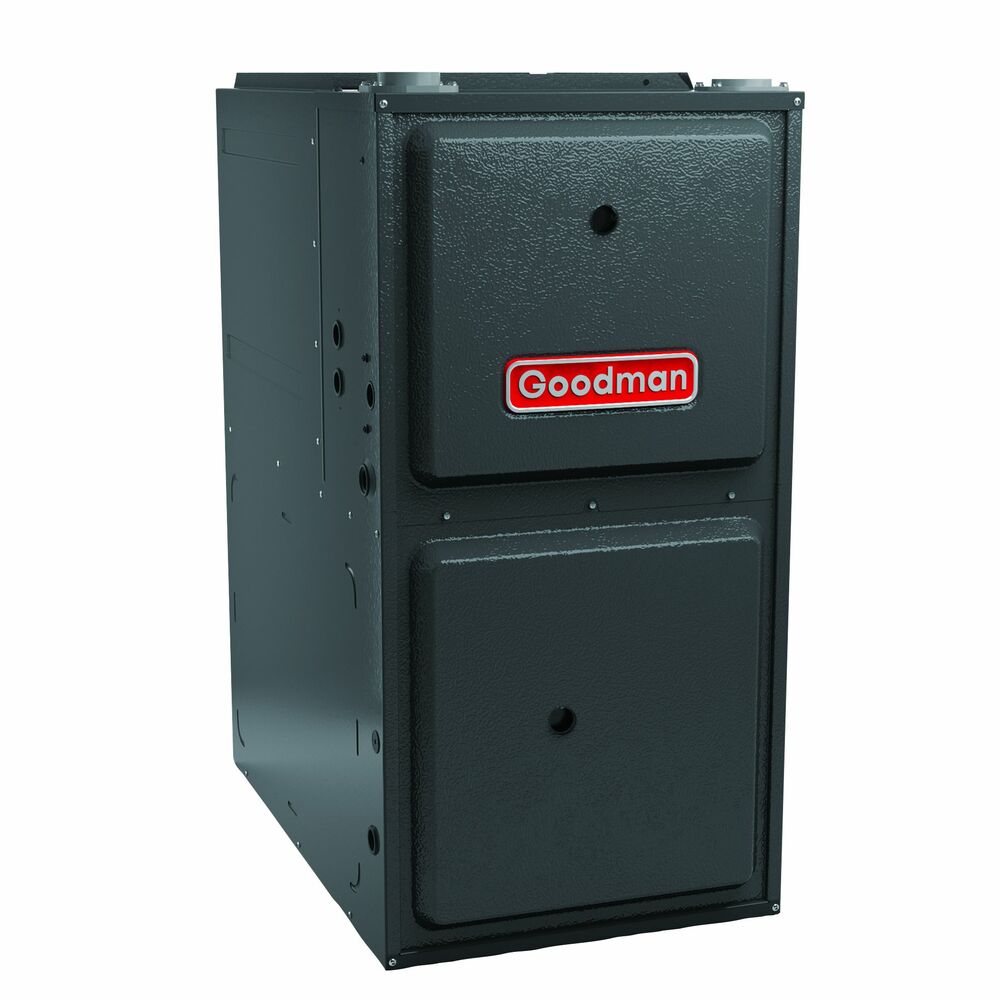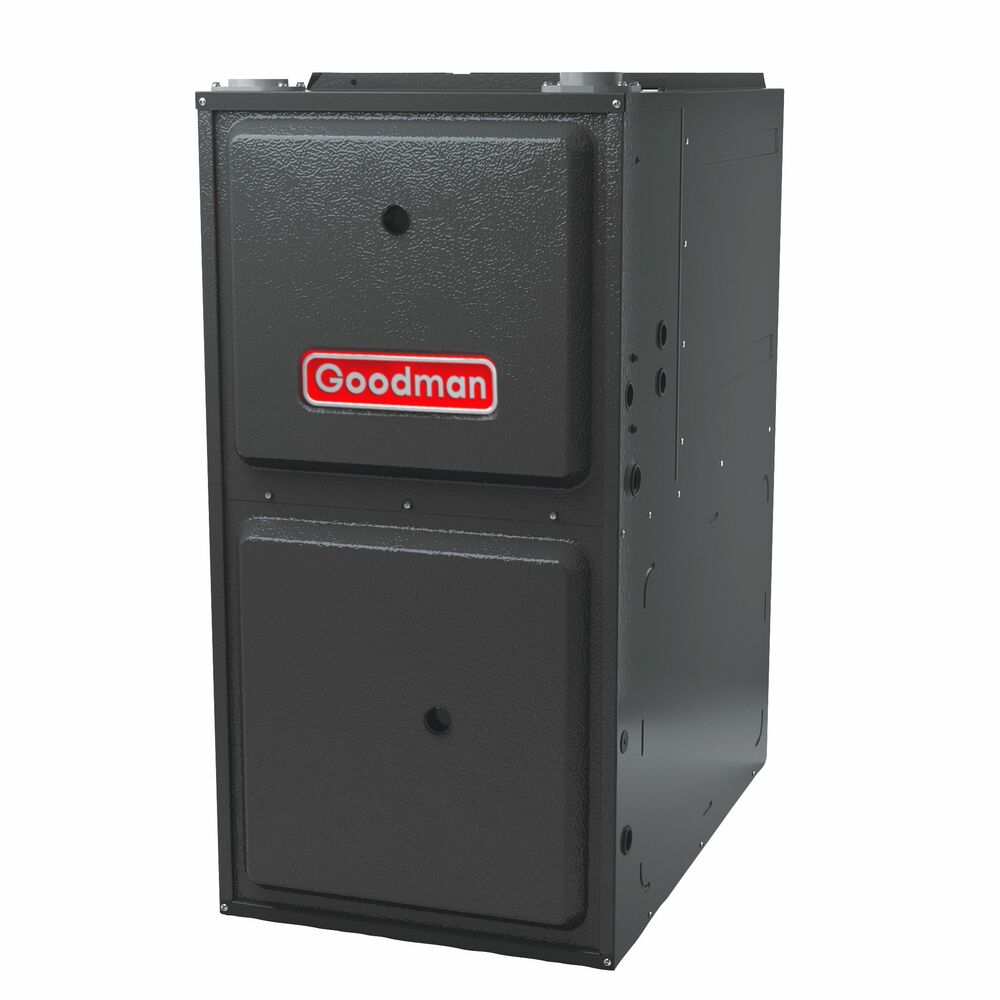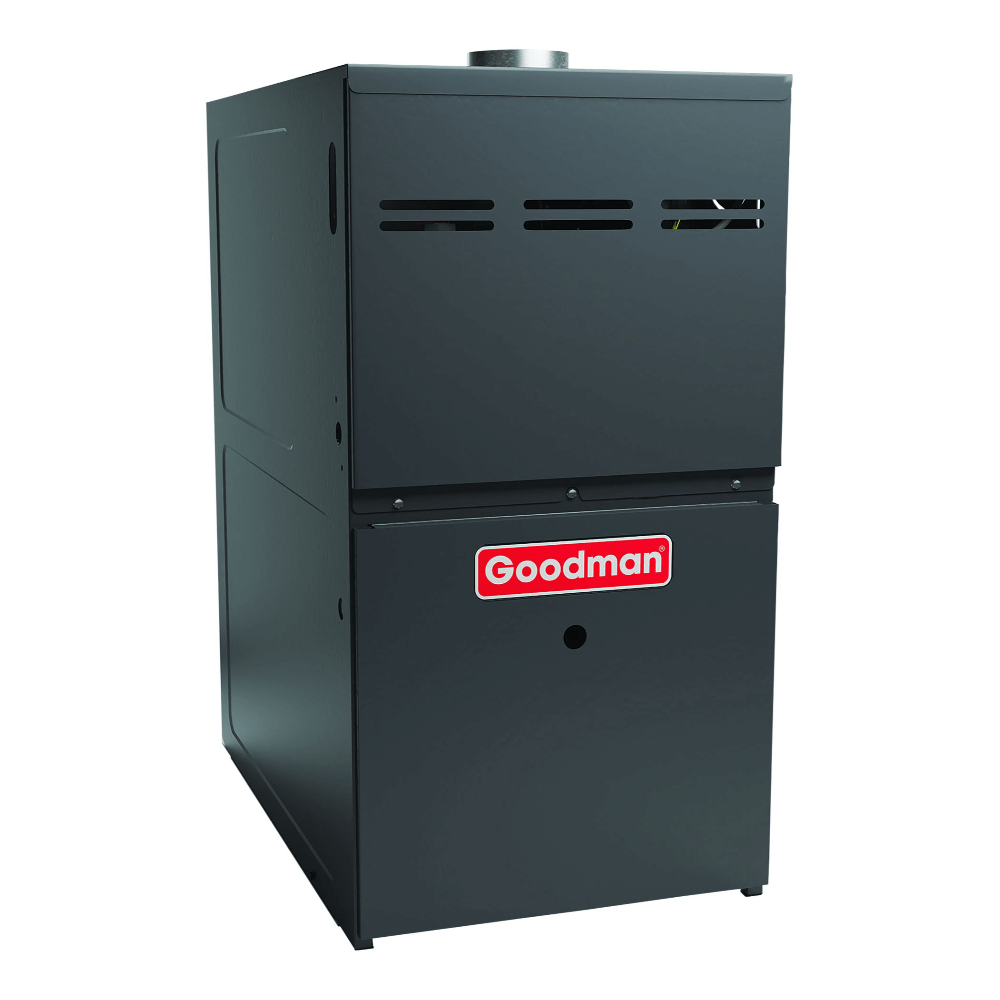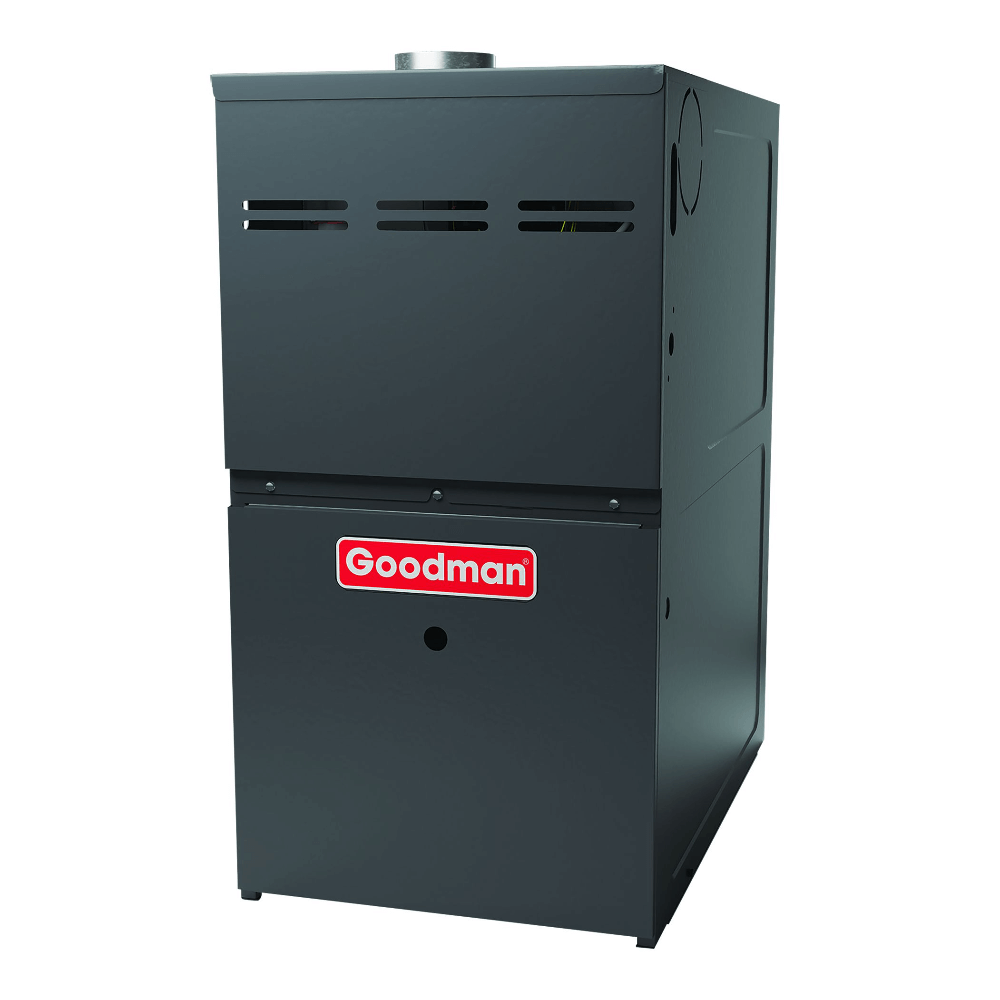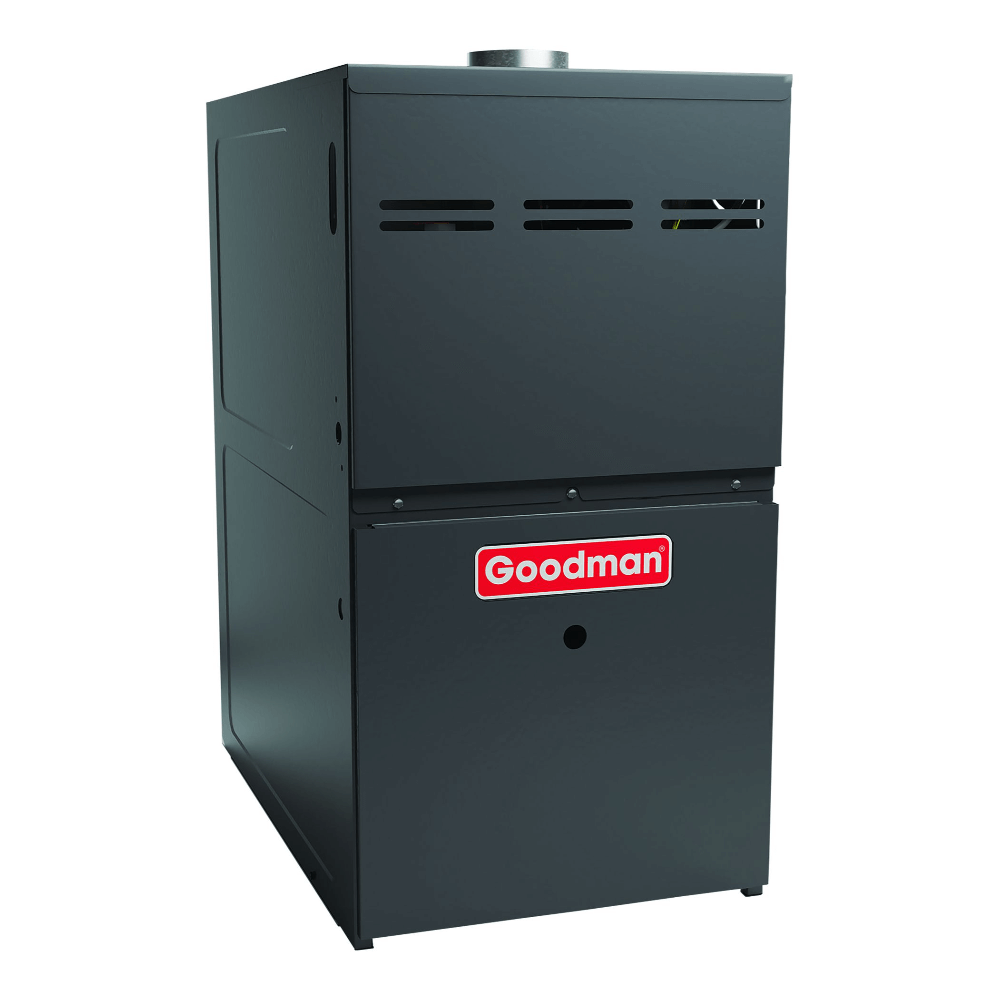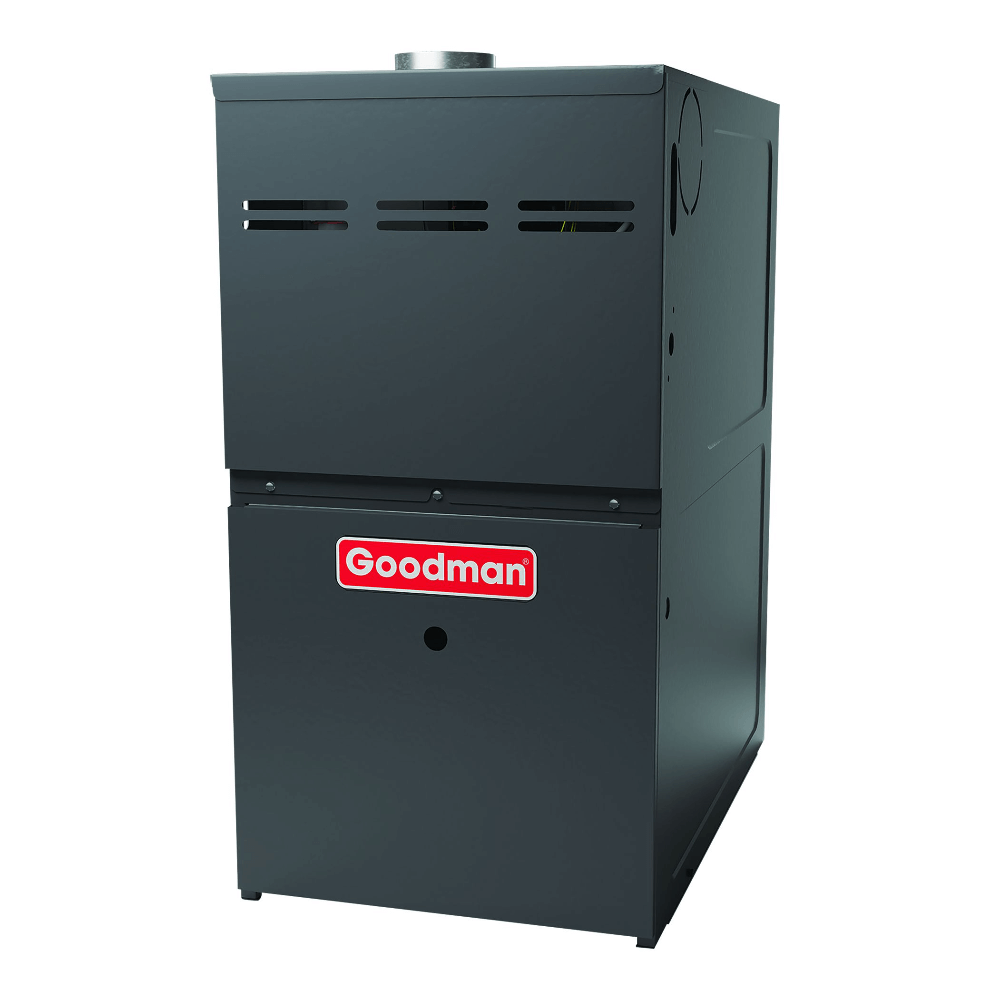The heat pump defrost cycle is necessary to preserve efficiency and operation. Heat pumps are energy-efficient cooling and heating systems that use refrigerants to move heat into and out of buildings. Unlike furnaces, heat pumps do not generate heat; they transfer it. Therefore, some heat pump types are susceptible to cold temperatures.
Air-source heat pumps, the most prevalent model in homes, exchange heat between indoor and outdoor air. Refrigerants absorb and transfer the air’s heat outside in cooling mode and inside in heating mode. Heat pumps can absorb the outside air’s heat even when temperatures are below freezing, but defrost cycles are required to maintain efficiency and function.
Various issues can prevent heat pumps from defrosting, and these systems will eventually cease operations if the problems aren’t rectified. Calling an HVAC service is one option, but often, homeowners can tackle defrosting issues without professional intervention.
Why do heat pumps have defrost systems?
Defrost systems are an innovation that allows heat pumps to work in winter. Frost forms on the outdoor coil in low temperatures with high humidity levels, reducing the heat pump’s ability to extract heat from the environment. The defrost cycle melts the frost and prevents ice formation.

Upgrade Your Heating with Our Heat Pumps: Click to Explore!
How does a heat pump defrost cycle work?
Heat pumps in cold climates use defrost cycles to remove frost from the outdoor coil. The reversing valve changes the refrigerant’s flow to the cooling mode’s direction. Hot refrigerant holding the home’s heat flows to the coil and melts the frost.
The heat pump ceases to heat the house during the defrost cycle because heat is transferred to the outdoor coil. If the heat pump is equipped with one, the auxiliary heat system supplies the home’s warmth while the heat pump defrosts.
Heat pump systems use either of the two defrost control types:
-
Time-temperature defrost
-
Demand frost
Time-Temperature Defrost
Time-temperature defrost cycles occur at timed intervals, typically every 30 to 90 minutes. Heat pumps with time-temperature controls have sensors that detect low coil temperatures. A defrost cycle initiates when the sensor detects a low coil temperature and runs until the coil reaches 57°F. Cycles recur at regular, timed intervals.
Time-temperature defrost control is less efficient and wastes more energy than demand frost control because it detects low temperatures, not frost. It is typically found on older and bargain heat pump models.
Demand Frost
Demand frost control cycles occur as needed. Heat pumps with demand frost control have sensors that detect frost on the coil and initiate cycles.
Demand frost control is more efficient than time-temperature control and appears on newer, pricier heat pump models.
Reasons Why Your Heat Pump Is Not Defrosting
Something is wrong if your heat pump is freezing up. During normal defrosting, the outdoor fan stops, and cool air blows from the vents. Cycles typically last 5 to 15 minutes and recur every 30 to 90 minutes. Longer or more frequent defrost cycles indicate heat pump issues. Some issues are easily resolved, and others require professional help. EM heat or emergency heat can be activated to heat the house if the heat pump is inoperable, but not all heat pumps have backup systems.
Defrosting issues can be caused by the following:
-
Restricted airflow
-
Drainage problems
-
Leaky refrigerant
-
Improper installation
-
Faulty reversing valve
-
Electrical issues
-
Damaged or broken coils
-
Faulty sensor or thermostat
-
Malfunctioning fan blades
How to Defrost A Heat Pump
Heat pumps can freeze in winter, especially in regions with high humidity. Heat pump coils are typically ten degrees colder than outside temperatures, so heat pumps might require defrosting when the outdoor temperature is above freezing. Freezing rain, sleet, and snow increase the likelihood of a frozen coil.
The automatic defrost cycle should remove frost buildup on its own. You might need to intervene if the ice doesn’t thaw within three to four hours or encases the system. Call a professional if the following methods are unsuccessful or you are apprehensive about implementing them.
Heat pump defrosting methods:
-
Defrost with water
-
Fan-only mode
-
Manual defrosting
-
Move sensor
Defrost with water
Turn off the electricity supply to the heat pump at the circuit breaker panel before beginning to avoid electrical shock and damage to the heat pump. Pour warm water over the ice to melt it. Don’t use a shovel or sharp object to chip away at it and risk damaging the unit. Ensure the ice isn’t forming due to a leaky gutter above the unit, and repair the gutter if it leaks.
Fan-Only Mode
Switch on the thermostat’s “fan only” mode if your heat pump model has this option; some heat pumps don’t. This method can thaw a light frost in an hour but is a short-term solution.
Manual Defrosting
Manually switch on the defrost cycle if it doesn’t automatically activate. Be advised that not all heat pumps have a manual option. Check the owner’s manual to ascertain if your heat pump has this selection and how to use it.
Move Sensor
As a last resort, you can move the temperature sensor that signals the defrost cycle to turn on. Thermostats in direct sunlight might not correctly measure the coil’s temperature and run shorter cycles. Mark the sensor’s original position before you move it. Then, position the sensor outside of the unit. Moving the sensor to a worse location might completely stop the defrost cycles.

Upgrade Your Heating with Our Heat Pumps: Click to Explore!
Conclusion
Heat pumps use defrost cycles to remove frost from the outdoor unit’s coil. Frost forms on the coil in cold conditions with high humidity levels and impedes the heat pump’s ability to extract heat from the environment.
Heat pumps use either time-temperature or demand frost controls to determine when defrosting is necessary. Time-temperature defrost cycles initiate when an internal sensor detects a low coil temperature and recur at timed intervals. Demand frost control is more efficient. Demand cycles start when a sensor detects frost on the coil and occur as needed.
Several issues, many of which stem from a lack of heat pump maintenance, can prevent a heat pump from defrosting:
-
Restricted airflow
-
Drainage problems
-
Leaky refrigerant
-
Improper installation
-
Faulty reversing valve
-
Electrical issues
-
Damaged or broken coils
-
Faulty sensor or thermostat
-
Malfunctioning fan blades
Although heat pumps are designed to defrost automatically, you can defrost a heat pump with water, the fan-only mode, the manual defrost setting, or by relocating the sensor. Call a professional to diagnose and resolve the issue if heat pump problems persist.
Frequently Asked Questions
Does a heat pump defrost in winter?
Heat pumps run automatic defrost cycles during cold outdoor temperatures to melt the frost on the coils. Icy coils reduce heat pump efficiency, and significant ice accumulations can permanently damage the heat pump.
Does a heat pump defrost in summer?
Ice forming on a heat pump in summer indicates a system issue, such as low refrigerant or poor airflow. Initiating a defrost cycle can melt the ice so the heat pump functions properly. If the problems persist, call a professional to diagnose the problem.
What does a heat pump defrost cycle sound like?
You might hear a low hum or whooshing sound during the defrost cycle, followed by released pressurized air and the fan starting up at the end of the defrost cycle.

